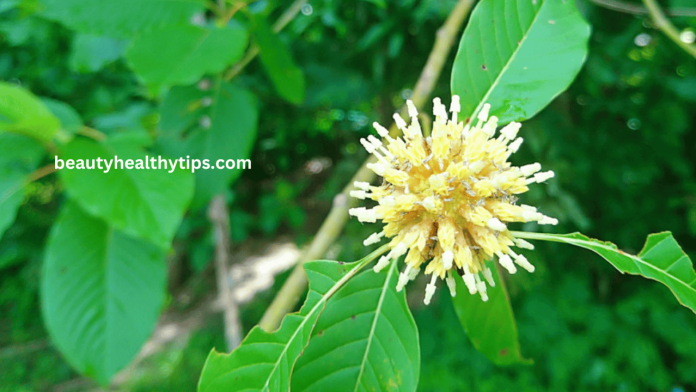Kratom is a tropical tree native to Southeast Asia, and its leaves have been traditionally used for their stimulant and pain-relieving effects in the regions where it grows. In recent years, Kratom has gained popularity in Western countries, where it is often used for its potential therapeutic benefits. While it doesn’t have a long history in Western cultures, Kratom does have a rich tradition in its countries of origin. Here are some aspects of Kratom culture, traditions, and rituals:
Traditional Use in Southeast Asia:
Table of Contents
- Cultural and Religious Significance: In countries like Thailand, Malaysia, and Indonesia, where Kratom is indigenous, it has been used for centuries as a traditional medicine and for various cultural and religious rituals.
- Chewing Leaves: Traditionally, people would chew fresh Kratom leaves for their stimulating effects. This method is less common today, as dried leaves and powdered forms are more popular.
Harvesting and Preparation:
- Harvesting Rituals: The harvesting of Kratom leaves involves a certain level of expertise. Leaves are often harvested by hand, and the timing of the harvest can affect the alkaloid content, influencing the plant’s effects.
- Drying Process: After harvesting, leaves are typically dried in the sun or using specialized drying techniques. The drying process is crucial to preserving the potency of the alkaloids present in the leaves.
Modern Usage:
- Powder and Capsules: In Western countries, Kratom is commonly available in the form of dried powder or encapsulated. Users typically consume it by mixing the powder with water or other beverages, or they may take it in capsule form.
- Brewing Tea: Another popular method is brewing Kratom tea. This involves simmering the leaves or powder in water for an extended period, then straining the liquid.
Social and Recreational Use:
- Community Sharing: In some traditional communities, Kratom is shared among members as a communal activity, fostering social bonds. This practice has also carried over into Western Kratom culture.
- Recreational Use: While Kratom has traditional uses, in Western cultures, it is often consumed recreationally or for its potential mood-enhancing and relaxing effects. However, it’s crucial to note that the regulatory status of Kratom varies in different regions, and its use is not without controversy.
Caution and Responsible Use:
- Dosage Awareness: Kratom enthusiasts emphasize the importance of responsible use, including understanding proper dosages and potential side effects.
- Educational Initiatives: Online forums and communities have emerged where individuals share their experiences, offer advice, and discuss responsible Kratom use.
It’s essential to approach Kratom with caution, as its safety and legality can vary. Always consult with healthcare professionals before incorporating Kratom into your routine, especially if you’re taking medications or have pre-existing health conditions.











